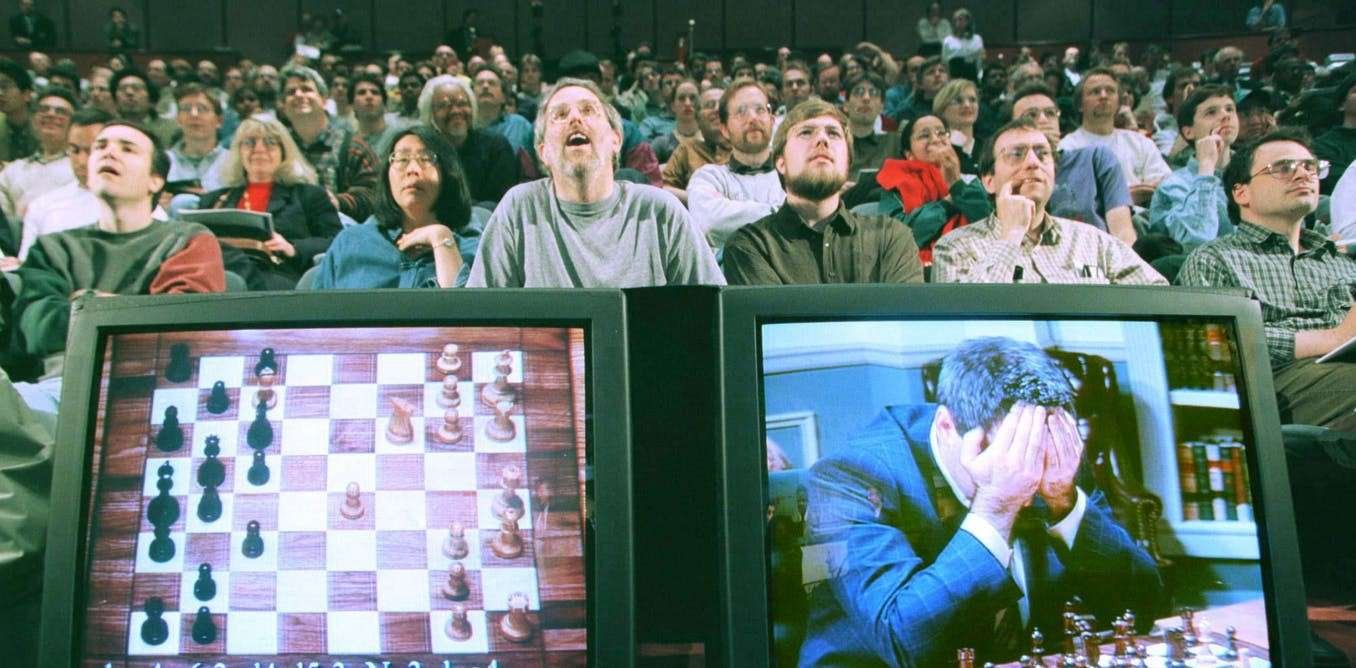There are many courses to learn about AI but very few people talk about the history of artificial intelligence. AI is an elusive subject since it’s nebulous and very large. We use AI in our day to day life without even realizing it.
Let’s talk about the beginning of AI and how it has developed over the years:
The Start of AI
The term was first used by John McCarthy in the year 1956 but we have been talking about machines well before that. One of the greatest moments came in 1942 when Isaac Asimov wrote the three laws of robotics:
- 1st: A robot may cause no harm to a human.
- 2nd: A robot must obey the given orders unless they involve causing harm to a human.
- 3rd: A robot must take steps to protect its existence unless it is in conflict with the other two laws.
Many people still apply these laws to modern AI. Plus, the Turing Test, developed in 1950 by Alan Turing, is also used to test a machine’s skills. Some credit it for the huge success of AI.
The Next Phase
Herbert Simon, Cliff Shaw, and Allen Newell worked on Logic Theorist to initialize the proof of concept in 1956. Funded by Research and Development Corporation, the program could mimic the problem solving skills of a human and is today considered as the first AI program.
McCarthy presented it at the Dartmouth Summer Research Project on Artificial Intelligence, where we first heard the term Artificial Intelligence. Despite the event failing to meet McCarthy’s expectations, it is today considered a catalyst in the AI movement.
AI Began to Flourish
Makers started to concentrate on making AI more affordable and quicker. Computers that came between 1950 and 1060 were more affordable, faster, and could store a lot more information as well.
Machine learning algorithms began to improve and people started to know about what they could do with a computer. This was also the time when computers started to reach more offices and institutions.
The success of programs such as ELIZA and General Problem Solver pushed government agencies such as the Defense Advanced Research Projects Agency to take notice of the technology. They started to fund AI research and the industry began to grow.
Expectations were pretty high as well. Marvin Minsky spoke about the future of AI to Life Magazine in 1970 and saying, “from three to eight years we will have a machine with the general intelligence of an average human being.”
He wasn’t wrong…
Boosting Computer Power
A lack of power was a big issue in the ’80s. Computers could not compute a lot of information which prevented makers from getting anything substantial out of it
One of the engineers back then famously said, “computers [are] still millions of times too weak to exhibit intelligence.”
To solve this problem, experts introduced deep learning that allowed computers to gather more information through experience. One of the biggest milestones around this time was the introduction of expert systems that could mimic the decision making process.
In 1997, AI received a major boost when chess champion Garry Kasparov lost to a computer in 1997.
The event, televised around the world, ended in 2-2-2 after six rounds. This was considered a massive success since Kasparov had defeated a previous version of the same computer in 1996.
The computer named Deep Blue, used ‘brute force’ to choose the best combination out of 200 million options. In comparison, humans can only examine up to 50 moves at the same time.
Entering The New Century
AI had achieved many of its goals by 2000s but it had also started to receive criticism since users were afraid of a ‘robot invasion’ or ‘robots taking their jobs’, a topic that’s still controversial.
AI is very common now, especially due to the introduction of neural networks, which are computer systems inspired by neural networks found in animal brains. Jeff Dean and Andrew Ng worked to develop the network that was further improved in 2012 by Geoffrey Hinton, a professor at the University of Toronto.
He worked with two of his students to take part in ImageNet, a competition that saw several similar entries. Their product, AlexNet, won the contest and proved how reliable AI can be. It proved that AI systems can be reliable in classifying images and are now even used to identify and catch criminals.
Today, AI is everywhere from banking to entertainment to marketing. Writers use tools like Grammarly to check for errors. Drivers use AI to drive seamlessly. Even the gaming industry is largely based on AI.
The industry is expected to grow to $190 billion by 2025 and is making life easier. But, when you sit down to study about it, make sure to also know about how it all started.



